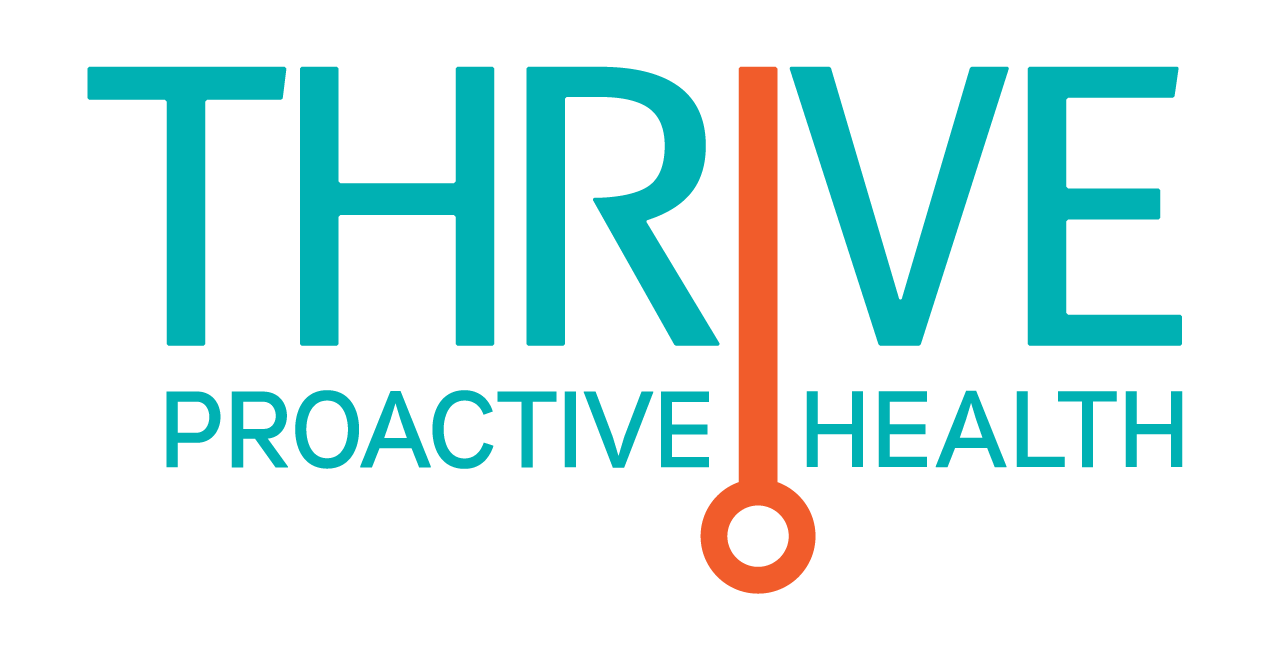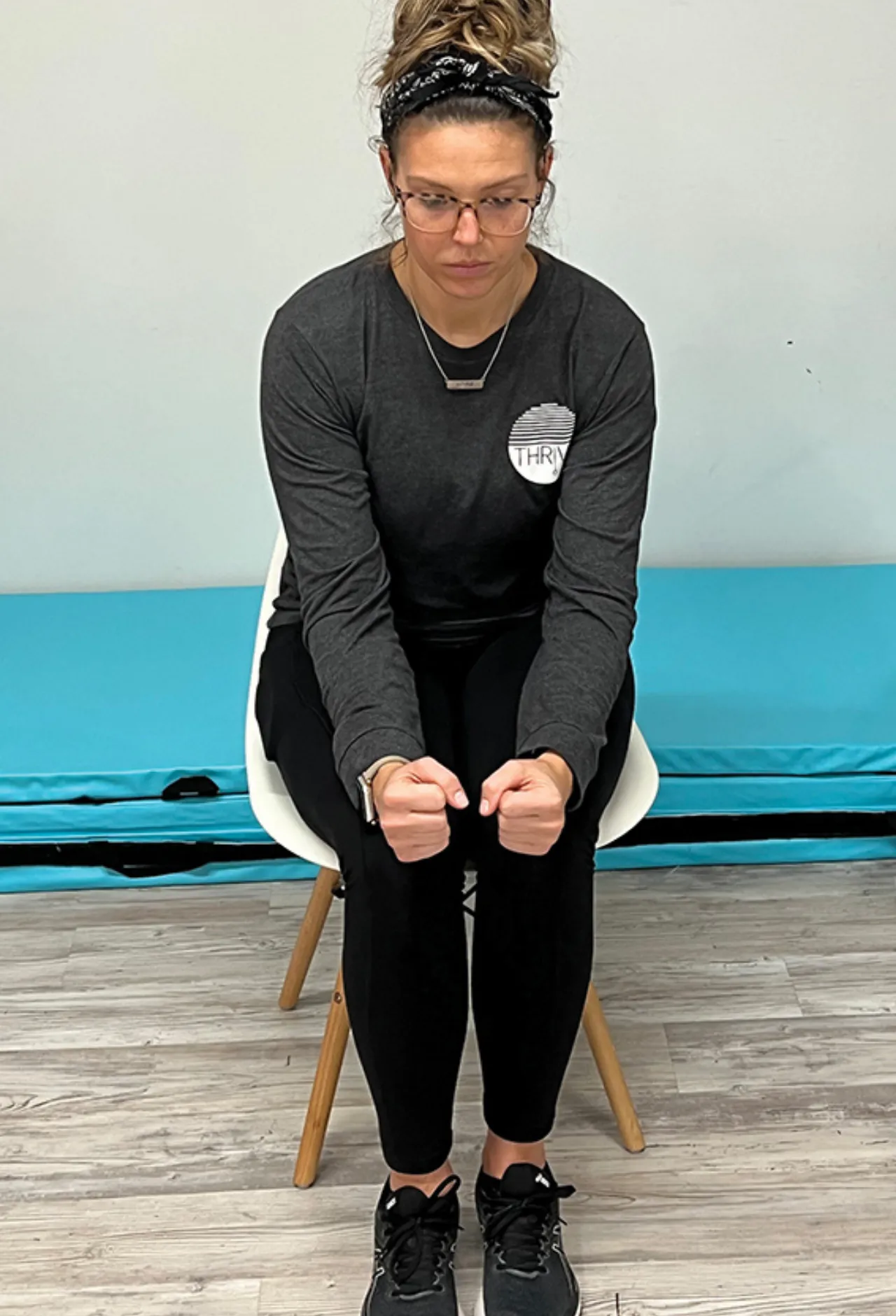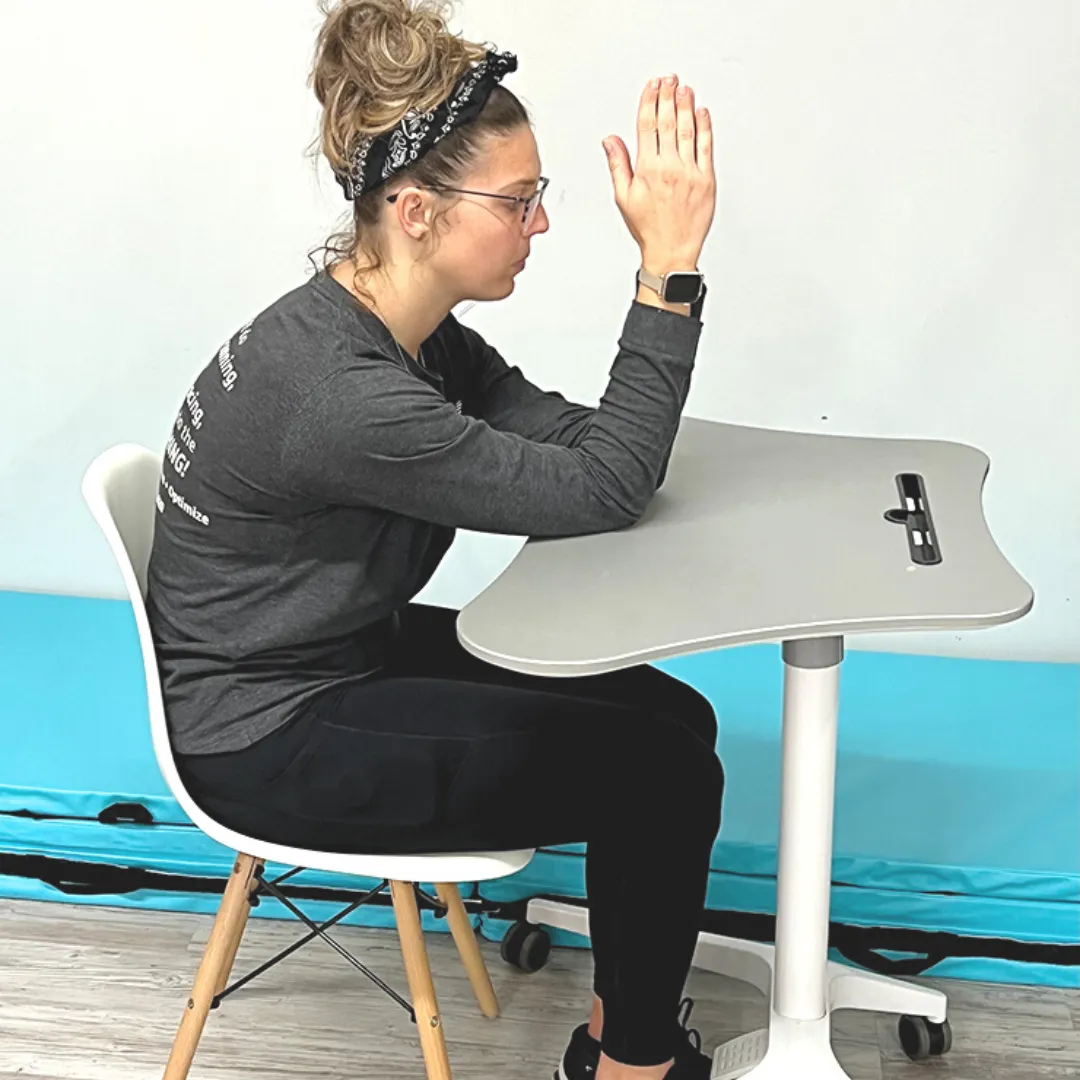Holding Stress in Your Neck and Shoulders?
Julie Blandin • PT, ATC, CSCS, PRC, DipACLM • Posture and Movement Health Expert
Use breath work throughout the day to help re-balance your posture and relieve stress. So many people will overposture and default to a vertical accessory breathing pattern especially when they’re under stress. This is something most people aren’t even aware of. It’s important to remember that good posture is not chest up, shoulders back, and constantly squeezing your shoulder blades together. In fact, if you’re doing this you’re probably contributing to why you have excessive neck tension.
Good posture is effortless. You shouldn’t have to work to hold your chest, neck, and shoulders back to properly stack over your pelvis.
As April is Stress Awareness Month — let’s become mindful of how we can breathe into different parts of our posture to release tension.
Additionally, if you’re over-posturing and under stress, you’re most likely defaulting to a vertical breath, sliding your shoulder blades up to your ears and over-activating your lower back muscles. Combine that with excessive sitting and perching forward at a desk, and we have a recipe for excessive neck tension.
Incorporate these breathing activities into your daily life to help you unload the muscle tension in your neck, chest and shoulders…
- Pay attention to your breath and how you pull your inhale low into the lower lobes of your lungs.
- Aim to expand the lower back half of the rib cage.
- Feel your breath draw down and expand more into a horizontal east to west direction so that your ribs and chest wall expand more three-dimensionally.
Seated Prayer Stretch
- Sit at desk/table with feet planted, knees pointed forward, elbows on the tabletop, hands in prayer formation
- Tilt your pelvis under, creating the letter “C” with your spine
- Concentrate on breathing slowly, with full exhalation — allow your breast bone to soften downward, let your rib cage lower in the front and round out in the back
- Keep your back against the chair — feel your bra line (right under shoulder blades) to belt line press against the chair
- Keep your breaths slow, pausing after each exhale; on the inhale, allow your lower rib cage to expand backward
- Do this for 10 breaths
Seated Elbows on Knees Stretch
- Keeping the same back, knees and feet position as the Seated Prayer Stretch—place your elbows and forearms on your thighs, pressing into your thighs to achieve a “C” shape
- Keep your head in a neutral position, with your ears stacking over your shoulders; as the tension in your neck and shoulders begins to release, you can tilt your head up and look at the horizon line
- As you breathe, try to get your lower rib cage to expand backward
- Keep your breaths slow, allowing your rib cage to expand and contract down and into your back
- Do this for 10 breaths
Desk Reach Stretch
- Sit at desk/table, feet planted, knees pointed forward, hands by your sides
- On exhale, reach your left arm toward the corner of your desk as your right arm/elbow goes back
- As you reach across, allow your sternum to rotate while keeping your gaze directly in front of you.
- Hold this for 10 breaths, then repeat on the other side
Single Arm Pec Stretch
- Stand in a doorway with the door open, slightly forward of the door frame
- With one arm at a 90 degree angle, position your hand on the backside of the door frame
- Place your other hand on your breastbone to monitor your rib cage — this shoulder should be lower than the other
- As you exhale, you should feel your ribcage soften and move down toward the opposite side from the arm on the door frame
- You should feel a stretch in your chest wall and no pain in your neck or shoulder
- Do this for 10 breaths on each side


